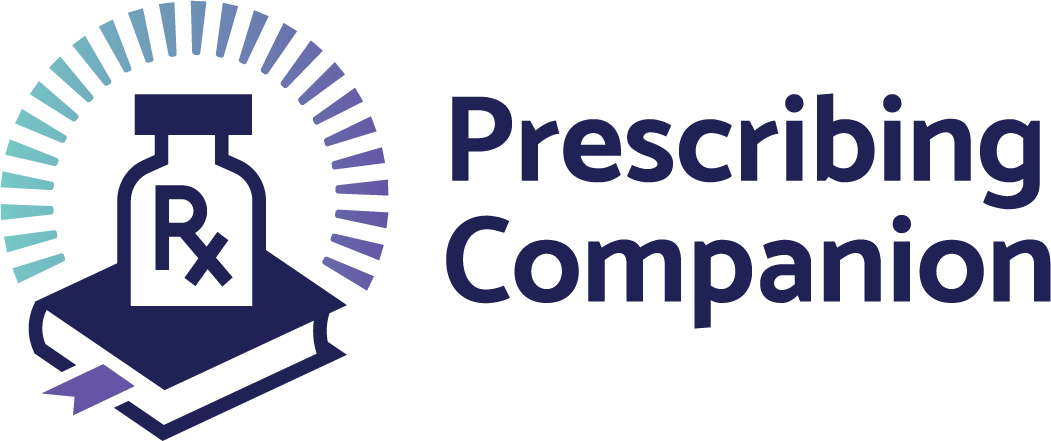Infective Endocarditis
exp date isn't null, but text field is
ICD10 CODE: I33.0
An infection of the heart valves and lining of the heart chambers by microorganisms, usually bacterial, rarely fungal.
Causes
It is classified into 3 types:
- Sub-acute endocarditis: caused by low virulence organisms such as Streptococcus viridans
- Acute endocarditis: caused by common pyogenic organisms such as Staphylococcus aureus
- Post-operative endocarditis: following cardiac surgery and prosthetic heart valve placement. The most common organism involved is Staphylococcus aureus
Clinical features
- Disease may present as acute or chronic depending on the microorganism involved and patient’s condition
- Fatigue, weight loss
- Low grade fever and chills or acute severe septicaemia
- Embolic phenomena affecting various body organs (e.g. brain)
- Heart failure, prominent and changing heart murmurs
- Splenomegaly, hepatomegaly
- Anaemia
- Splinter haemorrhages (nail bed and retina)
- Finger clubbing
- Diagnostic triad: persistent fever, emboli, changing murmur
Risk factors
- Rheumatic heart disease, congenital heart disease
- Prosthetic valve
- Invasive dental/diagnostic/surgical procedures (including cardiac catheterization)
- Immunosuppression
- IV drug use/abuse
Note: Any unexplained fever in a patient with a heart valve problem should be regarded as endocarditis
Differential Diagnosis
- Cardiac failure with heart murmurs
- Febrile conditions associated with anaemia
Investigations
- Blood cultures: These are usually positive and all efforts should be made to identify the responsible pathogen and obtain sensitivity data
- At least 3 sets of blood cultures (8 ml) each should be obtained (each from a separate venipucture) at least one hour apart
- Blood: Complete blood count, ESR
- Urinalysis for microscopic haematuria, proteinuria
- Echocardiography
- ECG
Management
|
TREATMENT |
LOC |
Initial empirical antibiotic therapy
|
H |
|
If staphylococcus suspected, (acute onset) add:
If MRSA (Multi-Resistant Staphylococcus aureus)
Once a pathogen has been identified
|
RR |
Prevention
- Prophylaxis in case of dental procedures and tonsillectomy in patients at risk (valvular defects, congenital heart disease, prosthetic valve). Give amoxicillin 2 g (50 mg/kg for children) as a single dose, 1 hour before the procedure.
